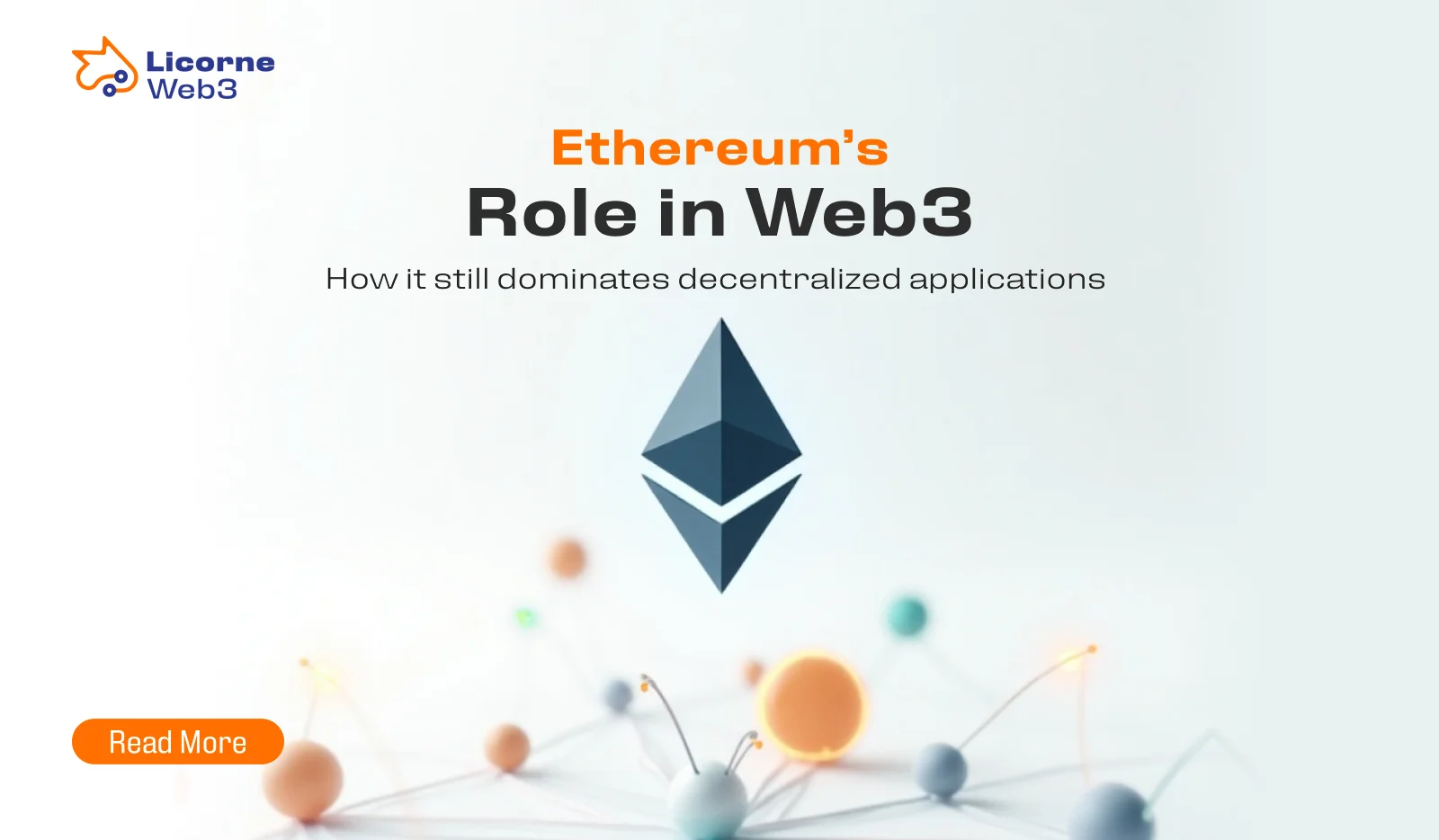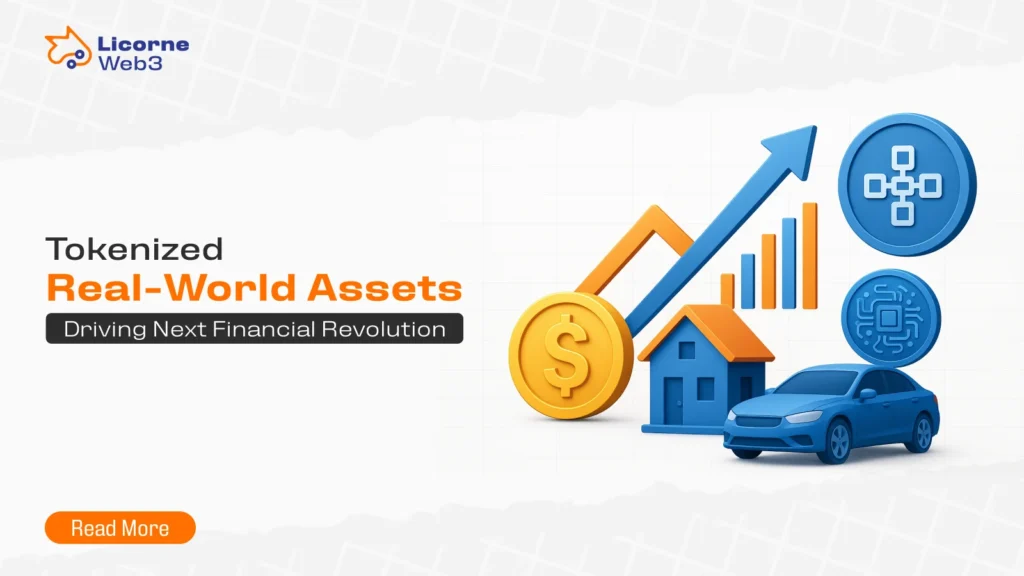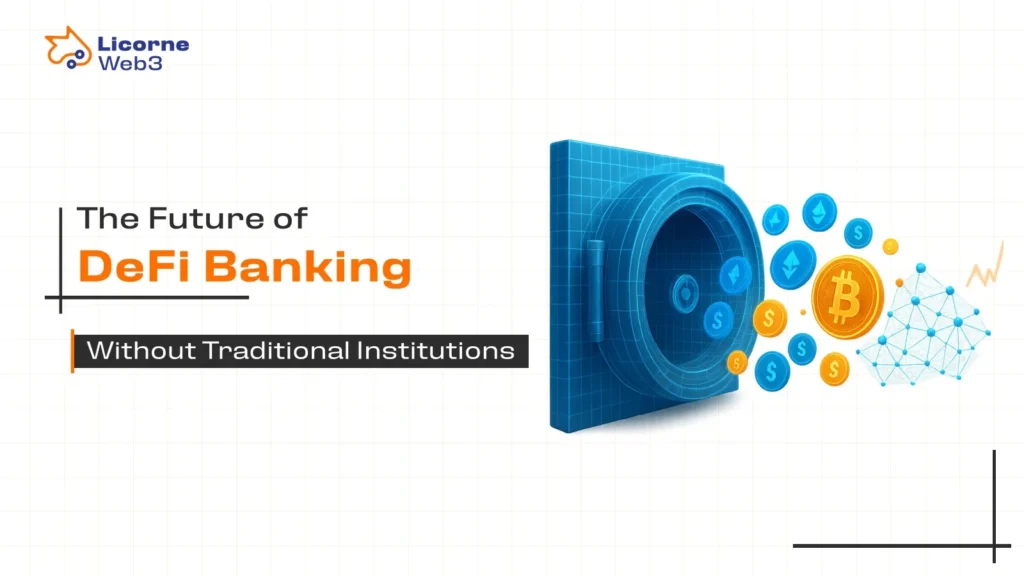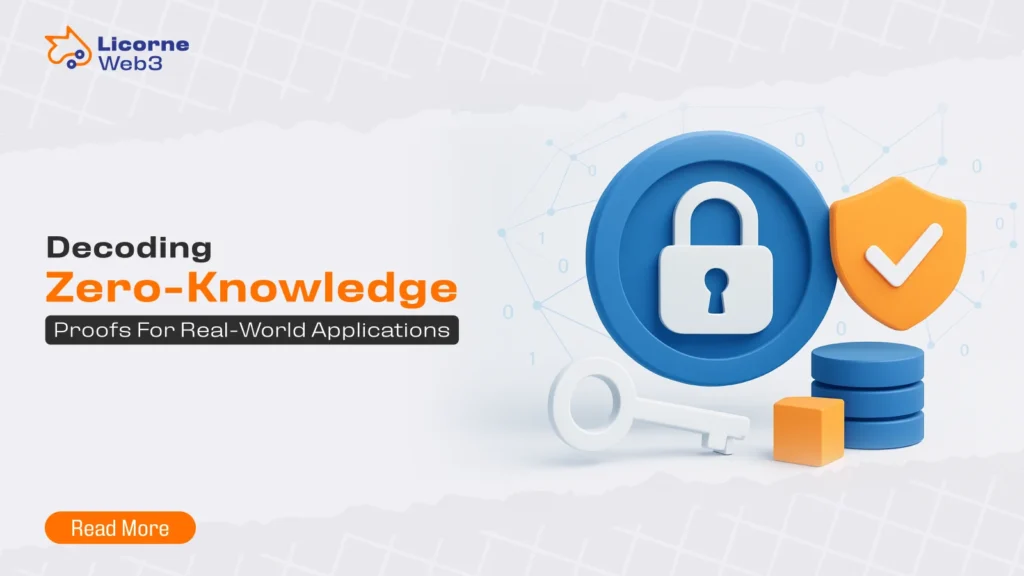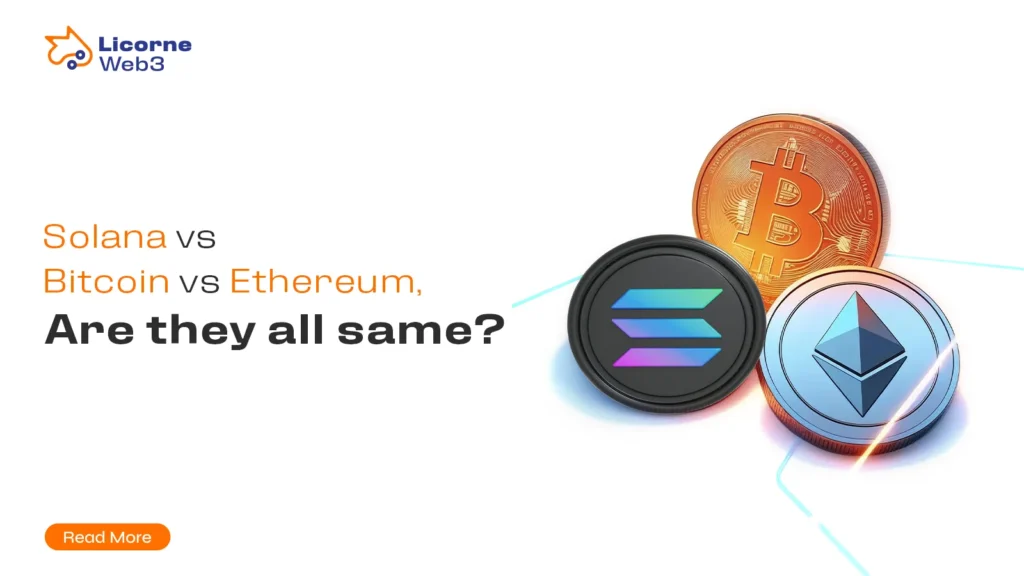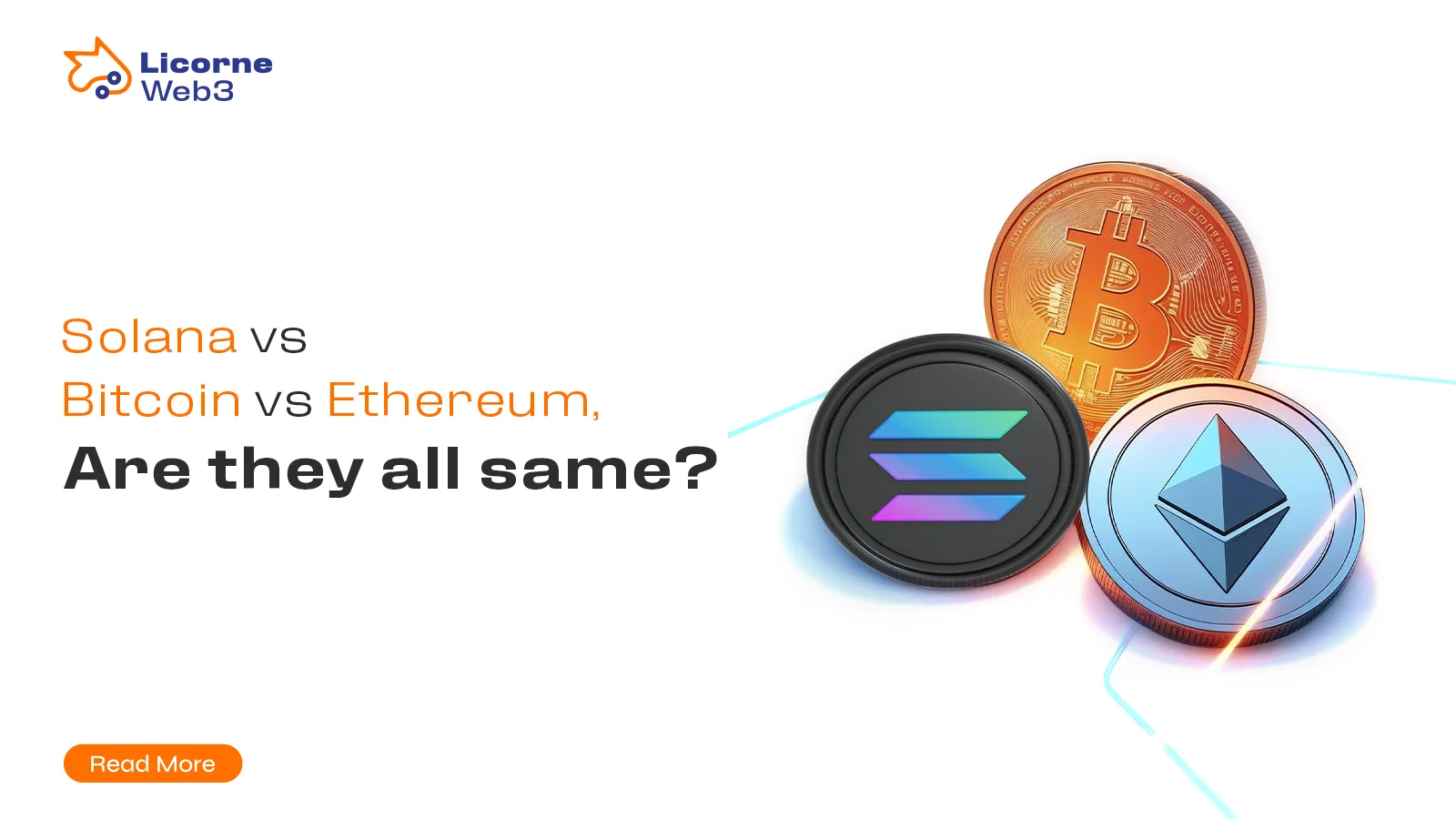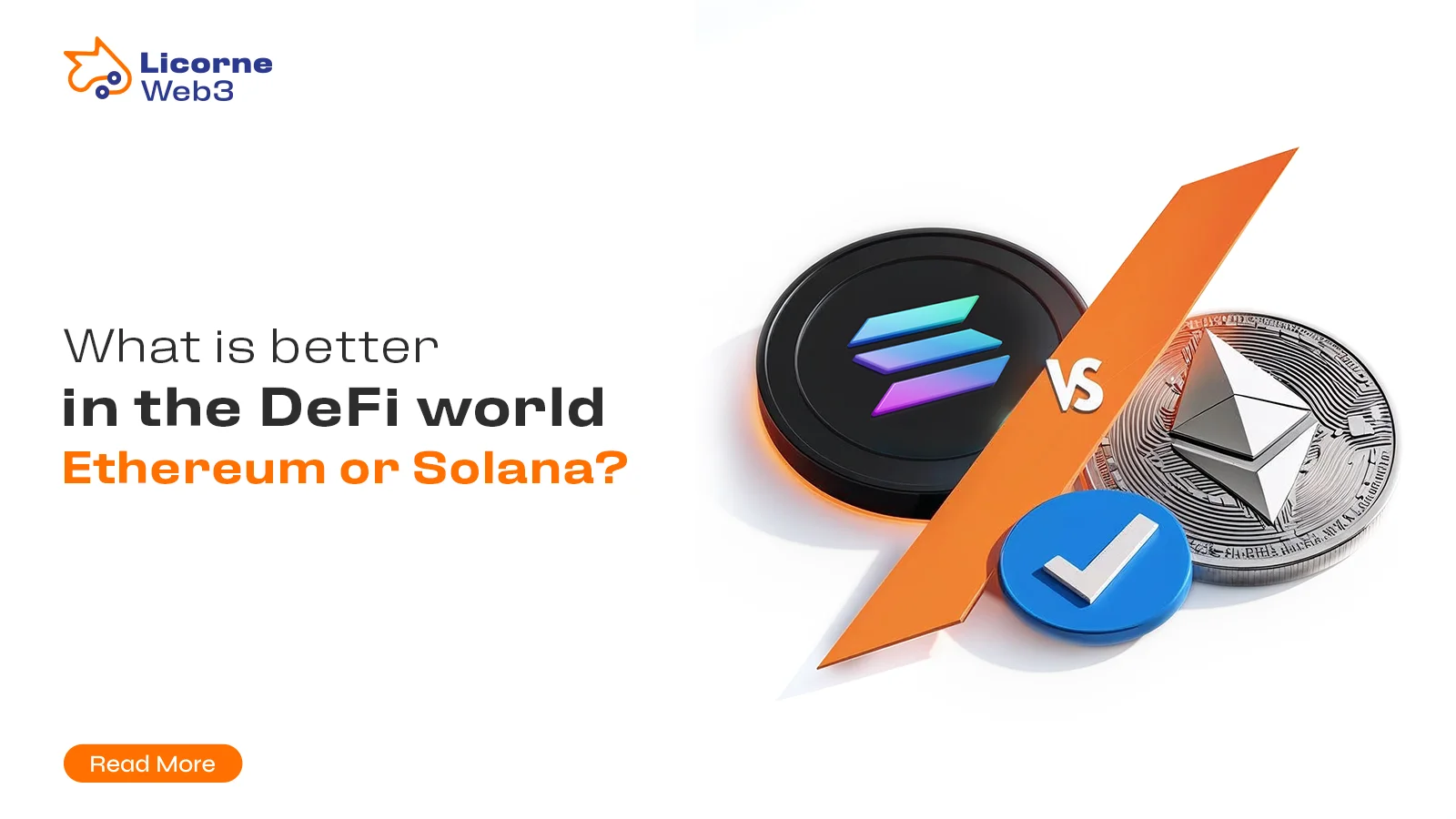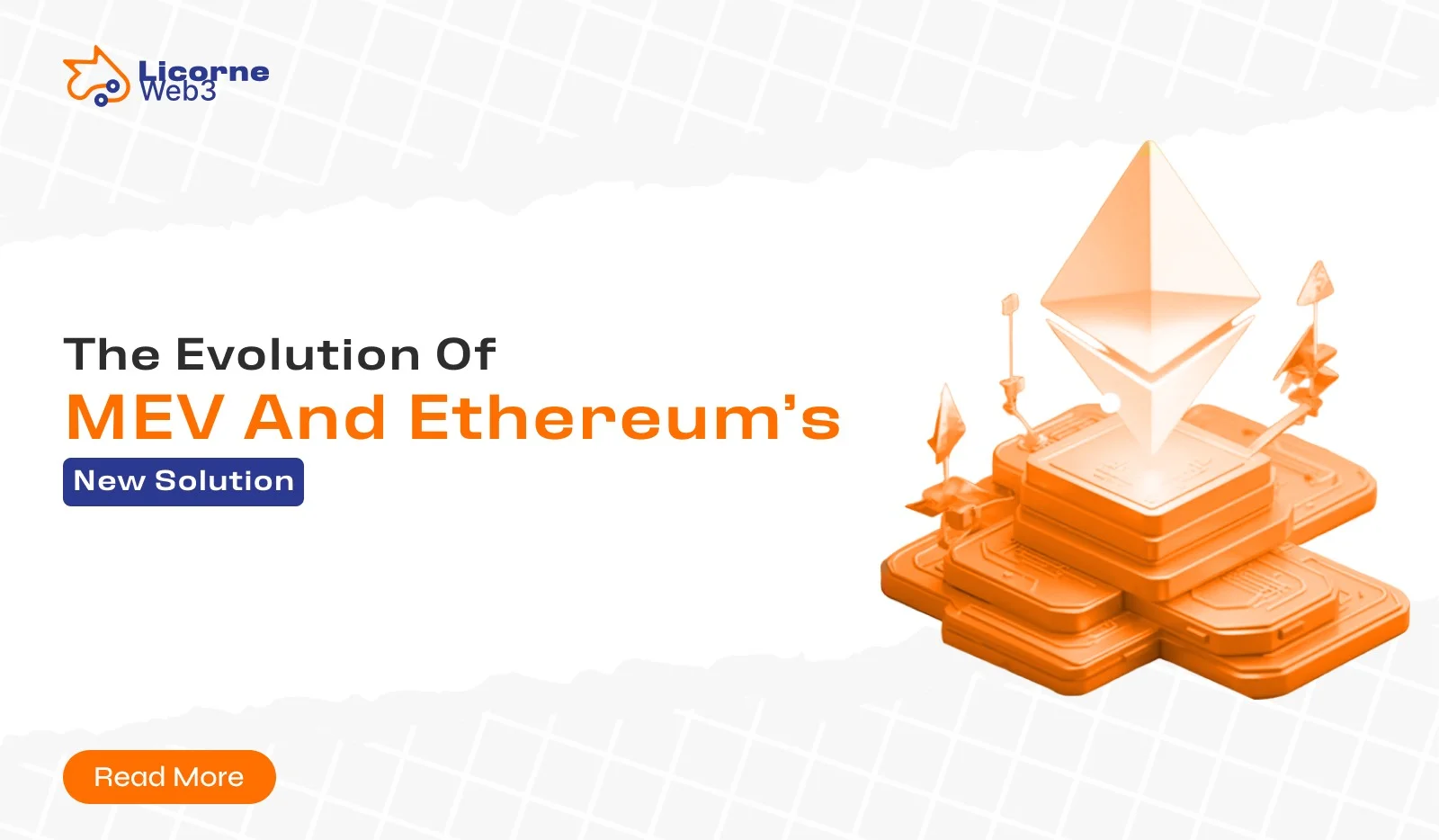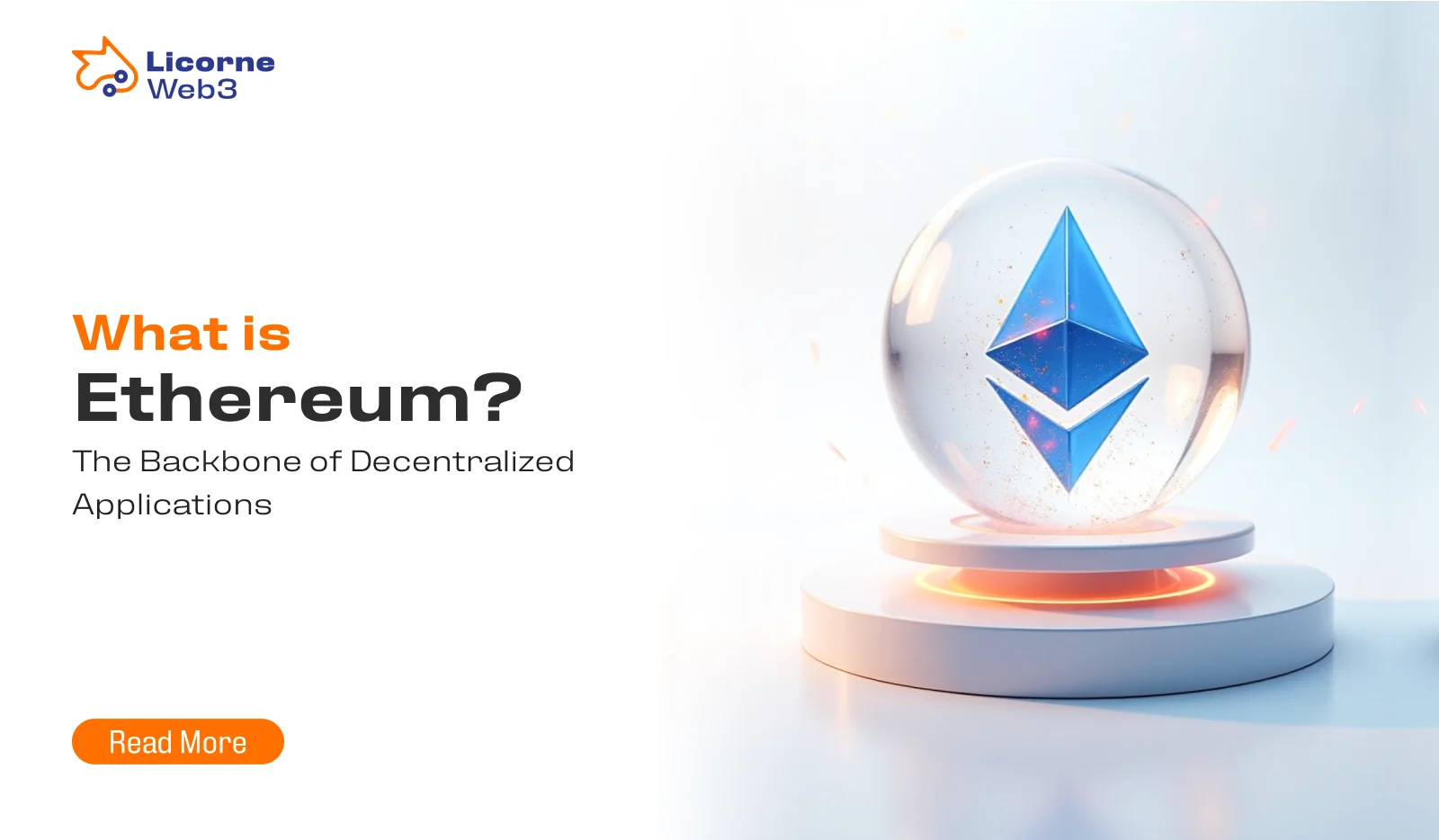Ethereum has transformed the landscape of blockchain technology, becoming the backbone of the Web3 movement and empowering developers to build innovative decentralized applications (DApps). While new blockchain platforms continue to emerge, promising higher speeds and lower costs, Ethereum remains the industry leader due to its versatility, security, and robust development framework. From smart contracts that automate agreements to non-fungible tokens (NFTs) revolutionizing digital ownership, Ethereum has played a pivotal role in shaping the decentralized future.
Unlike traditional systems controlled by a centralized authority, Ethereum operates in a decentralized ecosystem, where users have full control over their digital assets and digital identities. Whether facilitating secure financial transactions, enabling decentralized social media platforms, or creating trustless applications, Ethereum continues to redefine industries by eliminating central authorities and fostering transparency.
As blockchain adoption grows, Ethereum’s ability to execute blockchain interactions seamlessly and support scalable applications keeps it at the forefront of Web3 innovation. But what makes Ethereum the go-to blockchain network for developers? Let’s explore its critical role in decentralized technology and why it continues to drive the future of Web3.
Ethereum’s Early Role in Web3 Development
When Ethereum launched in 2015, it introduced a revolutionary concept that Bitcoin didn’t offer: smart contracts. These programmable agreements allowed developers to build decentralized applications (DApps) on top of the Ethereum blockchain, enabling peer transactions without the need for intermediaries. Ethereum’s decentralized nature was a game-changer for Web3, the vision of an internet where user control replaces traditional centralized platforms that dominate digital interactions today.
Ethereum played a crucial role in shaping the blockchain ecosystem, setting the foundation for wide-spread adoption of decentralized platforms. Its ability to execute smart contracts autonomously empowered industries to explore blockchain beyond digital currencies. From decentralized finance (DeFi) and non-fungible tokens (NFTs) to fractional ownership in real estate and assets, Ethereum proved to be the go-to blockchain for building innovative business models that prioritize transparency and efficiency.
While Ethereum remains dominant, competing blockchain platforms, such as Binance Smart Chain, have emerged, offering faster transactions and lower transaction costs. However, Ethereum’s extensive developer ecosystem and security mechanisms continue to make it the preferred choice for smart contract development.
Beyond finance, Ethereum’s smart contracts enable applications across various industries, including supply chain management, where businesses use blockchain to track goods and verify authenticity without relying on a centralized authority. As industries integrate blockchain solutions into their operations, Ethereum remains a key feature in digital transformation, proving its value in creating trustless environments where efficiency and reliability drive innovation.
Ethereum’s early role in Web3 development laid the groundwork for a rapidly growing ecosystem, where decentralized applications redefine traditional digital services. As more businesses and individuals embrace blockchain, Ethereum continues to evolve, maintaining its position at the forefront of Web3 innovation.
Why Developers Prefer Ethereum for Web3
Despite competition from newer blockchain platforms like Solana, Polkadot, and Avalanche, Ethereum remains the preferred choice for many developers building decentralized applications (DApps). Its decentralized nature, extensive developer ecosystem, and unmatched infrastructure make it the backbone of the Web3 movement.
1. Robust Developer Ecosystem
Ethereum has the largest developer community in the crypto industry, providing an extensive range of tools, libraries, and frameworks that simplify DApp development. Developers benefit from open-source documentation, tutorials, and community-driven innovations, ensuring self-executing contracts function effectively. This rich ecosystem accelerates technological innovation, making Ethereum a preferred platform for building decentralized applications.
2. Established Infrastructure
Ethereum has built a strong decentralized economy, hosting decentralized exchanges (DEXs) like Uniswap and NFT marketplaces such as OpenSea. Unlike newer blockchain platforms, Ethereum provides user empowerment by allowing seamless integration into existing liquidity pools and markets. Businesses can deploy trade assets, game assets, and financial innovations without relying on centralized platforms, ensuring user control over digital assets.
3. Smart Contract Flexibility
Ethereum’s smart contracts are programmable and highly customizable, supporting fractional ownership, automated financial solutions, and DAO governance models. Developers can leverage this flexibility to create self-executing agreements, ensuring security features are embedded directly into blockchain-based applications. Whether managing business models or optimizing transaction costs, Ethereum’s versatility makes it ideal for building complex decentralized solutions.
4. Network Effects
Ethereum was the first blockchain to introduce smart contracts, granting it significant market share and a strong network effect. As more developers, investors, and users join Ethereum, its ecosystem becomes more valuable. Competing blockchains, while promising lower fees and faster speeds, still struggle with security risks and adoption challenges. Ethereum continues to drive decentralized internet innovation, ensuring financial sovereignty and technological advancement for Web3 users.
Key Use Cases in Web3 Powered by Ethereum
Ethereum continues to dominate several core sectors in the Web3 space. Let’s take a closer look at the main use cases that highlight Ethereum’s ongoing relevance:
1. Decentralized Finance (DeFi)
Ethereum is the undisputed leader in decentralized finance (DeFi), revolutionizing the digital economy by enabling financial applications that operate without intermediaries such as banks or brokers. Unlike traditional financial systems that require internet connections to access centralized services, Ethereum’s decentralized system allows users to lend, borrow, trade, and earn interest on their assets securely and autonomously. Its infrastructure has become an essential component of the blockchain space, empowering developers to build countless blockchain projects that reshape global finance.
Leading smart contract platforms like Aave, Compound, and Uniswap run on Ethereum, providing seamless transaction execution without requiring approval from centralized entities. These DeFi applications leverage Ethereum’s public chain, allowing users to participate in financial activities while ensuring security, transparency, and efficiency. Despite challenges such as network congestion, Ethereum continues to support a vast amount of transactions, proving its resilience as the backbone of decentralized finance.
Ethereum’s dominance extends beyond DeFi, influencing the entire industry and attracting investments from the crypto VC industry, which fuels innovation in blockchain-based financial solutions. As more institutions recognize the potential of Ethereum-driven DeFi, its role in shaping the future of finance becomes increasingly significant. The rise of Ethereum as a decentralized system has created a paradigm shift in financial accessibility, removing barriers and ensuring that users maintain direct control over their assets without reliance on intermediaries. With countless blockchain projects being built on Ethereum’s foundation, its position in Web3 remains unparalleled.
2. NFT Marketplaces
Ethereum is home to the vast majority of the non-fungible token (NFT) ecosystem, solidifying its role as a leader in digital asset ownership and the innovation field. NFTs represent true ownership of unique items such as artwork, music, and virtual real estate, enabling creators to monetize their work directly without traditional gatekeepers. Popular NFT marketplaces, including OpenSea, Rarible, and SuperRare, utilize Ethereum’s blockchain technology to verify ownership and authenticity, fostering industry transparency while preventing fraud and duplication.
Beyond the art world, Ethereum’s ownership structure plays a crucial role in transforming digital economies. Instead of relying on centralized platforms, creators and collectors engage in peer-to-peer transactions, ensuring secure and verifiable asset transfers. This decentralized system also integrates seamlessly with cryptocurrency exchanges and exchange wallet platforms, allowing users to trade NFTs and manage assets effortlessly. As a result, Ethereum’s blockchain not only enhances accessibility but also supports liquidity within the NFT space.
Ethereum’s dominance in the NFT ecosystem has triggered widespread adoption across multiple industries, from gaming and entertainment to fashion and real estate. Its ability to facilitate true ownership of digital assets while maintaining industry transparency has positioned Ethereum at the forefront of the Web3 movement. As the demand for decentralized ownership grows, Ethereum continues to shape the future of digital economies, enabling artists, brands, and investors to explore new possibilities in the evolving blockchain landscape.
3. Decentralized Autonomous Organizations (DAOs)
Ethereum has also pioneered Decentralized Autonomous Organizations (DAOs), transforming the internet landscape with decentralized governance models that challenge traditional organizational structures. Unlike corporations that rely on hierarchical leadership, DAOs operate on blockchain governance systems, utilizing smart contracts to automate decision-making and manage pooled resources. This wave of innovation in decentralized governance gives power to token holders, ensuring that decisions are made transparently and democratically.
Built on the Ethereum Virtual Machine (EVM), DAOs benefit from the computational efficiency of Ethereum’s smart contract functionality, allowing seamless execution of community-driven protocols. Notable DAOs like MakerDAO and Uniswap DAO have flourished on Ethereum, enabling decentralized finance platforms to manage liquidity, voting mechanisms, and governance structures without intermediaries. Ethereum’s Web3 ecosystem ensures that these organizations can operate autonomously, revolutionizing how communities interact within the financial market.
DAOs have also become instrumental in mitigating challenges presented by market downturns, offering decentralized solutions that avoid the pitfalls of distorted business models seen in traditional financial systems. By eliminating central authority and bureaucratic inefficiencies, Ethereum-powered DAOs create more resilient economic structures that adapt dynamically to market changes, fostering sustainability and long-term success.
With Ethereum’s smart contract capabilities driving the expansion of decentralized governance, DAOs continue to play a crucial role in shaping the future of Web3. As adoption grows, these organizations will redefine transparency, collaboration, and financial autonomy in an increasingly decentralized world.
Competition from Other Blockchains
While Ethereum remains the king of Web3, it faces growing competition from other blockchains that aim to solve some of Ethereum’s well-known challenges, like high gas fees and limited scalability.
1. Solana
Solana is a high-performance blockchain known for its fast transaction speeds and low fees. It has gained traction as a popular alternative for dApps and NFT platforms due to its ability to process thousands of transactions per second compared to Ethereum’s lower throughput.
2. Polkadot
Polkadot enables different blockchains to interoperate and share information, making it a strong competitor in the cross-chain space. Its focus on interoperability could give developers more flexibility in building dApps that can communicate with other blockchains.
3. Avalanche
Avalanche is another blockchain designed to provide faster transaction times and lower fees compared to Ethereum. It uses a consensus mechanism that allows the network to scale efficiently while maintaining security.
Despite these competitors, Ethereum’s established ecosystem, developer community, and the ongoing upgrades via Ethereum 2.0 help maintain its dominant position in the Web3 space.
The Future of Ethereum in Web3
Ethereum’s transition to Ethereum 2.0 (Proof of Stake) is a key development that will help maintain its dominance in Web3. The upgrade promises to improve scalability and reduce transaction fees, addressing two of the most significant pain points that have driven developers and users to alternative blockchains.
Beyond the technical upgrades, Ethereum’s vibrant ecosystem and its role as the de facto platform for DeFi, NFTs, and DAOs ensure that it will continue to be a central player in the Web3 revolution. The rise of Layer 2 solutions like Optimism and Arbitrum also enhances Ethereum’s capacity to scale and accommodate more users and transactions without compromising decentralization.
As Web3 continues to grow, Ethereum’s leadership in smart contract functionality, dApp development, and decentralized finance positions it to remain a key driver of innovation in the decentralized future.
Conclusion: Why Ethereum Still Leads Web3
Despite new challengers, Ethereum remains the backbone of Web3 and decentralized applications. Its developer community, established infrastructure, and network effects continue to provide it with a significant advantage in the blockchain space. Whether it’s DeFi, NFTs, or DAOs, Ethereum remains the go-to platform for creating decentralized applications.
As Ethereum continues to evolve with Ethereum 2.0 and Layer 2 solutions, its scalability and usability will improve, ensuring its long-term relevance in the ever-expanding Web3 ecosystem. For developers, users, and investors, Ethereum remains the king of decentralized applications and shows no signs of relinquishing its crown anytime soon.
Author
-

Blockchain Writer & Web3 Expert
View all posts
Areej Maqbool is a Blockchain writer and thought leader with over 5 years of experience in crafting compelling narratives and insights on blockchain and Web3 innovation. Her expertise spans the intersection of technology, business, and society, with a focus on decentralized applications, smart contracts, and blockchain adoption.
Key Expertise:
- Blockchain and Web3 storytelling
- Technical writing for blockchain and Web3 projects
- Thought leadership and opinion editorials
- Research and analysis on blockchain and Web3 trends


